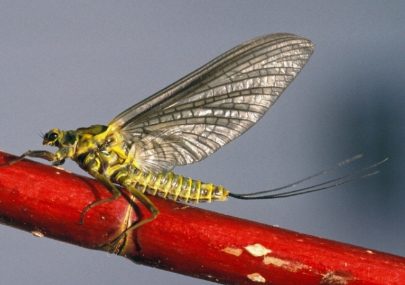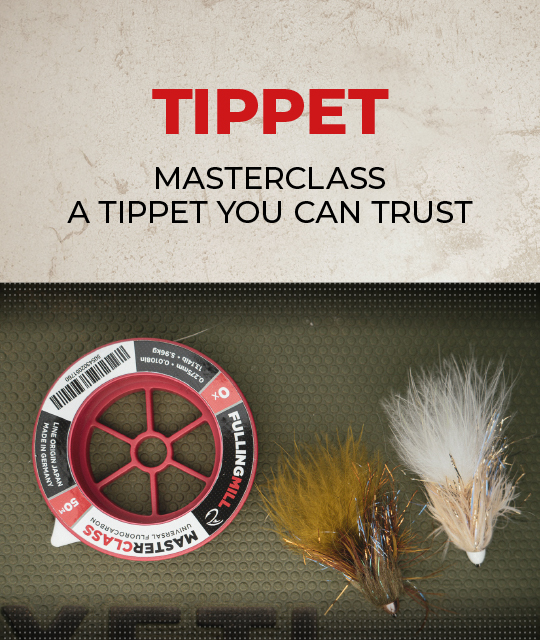Green Drake Mayflies are famous for bringing large trout to the surface which makes for some sensational dry fly fishing. In the Western US, Green Drakes generally hatch mid to late June and have produced fish of a lifetime if you know where and when to look. Of course, knowing the best approach to fishing a Green Drake hatch and having the right flies for your time on the water can make all the difference. This article provides good foundation for anglers planning to fish Green Drakes this season and is packed with tips and proven patterns for you to check out.
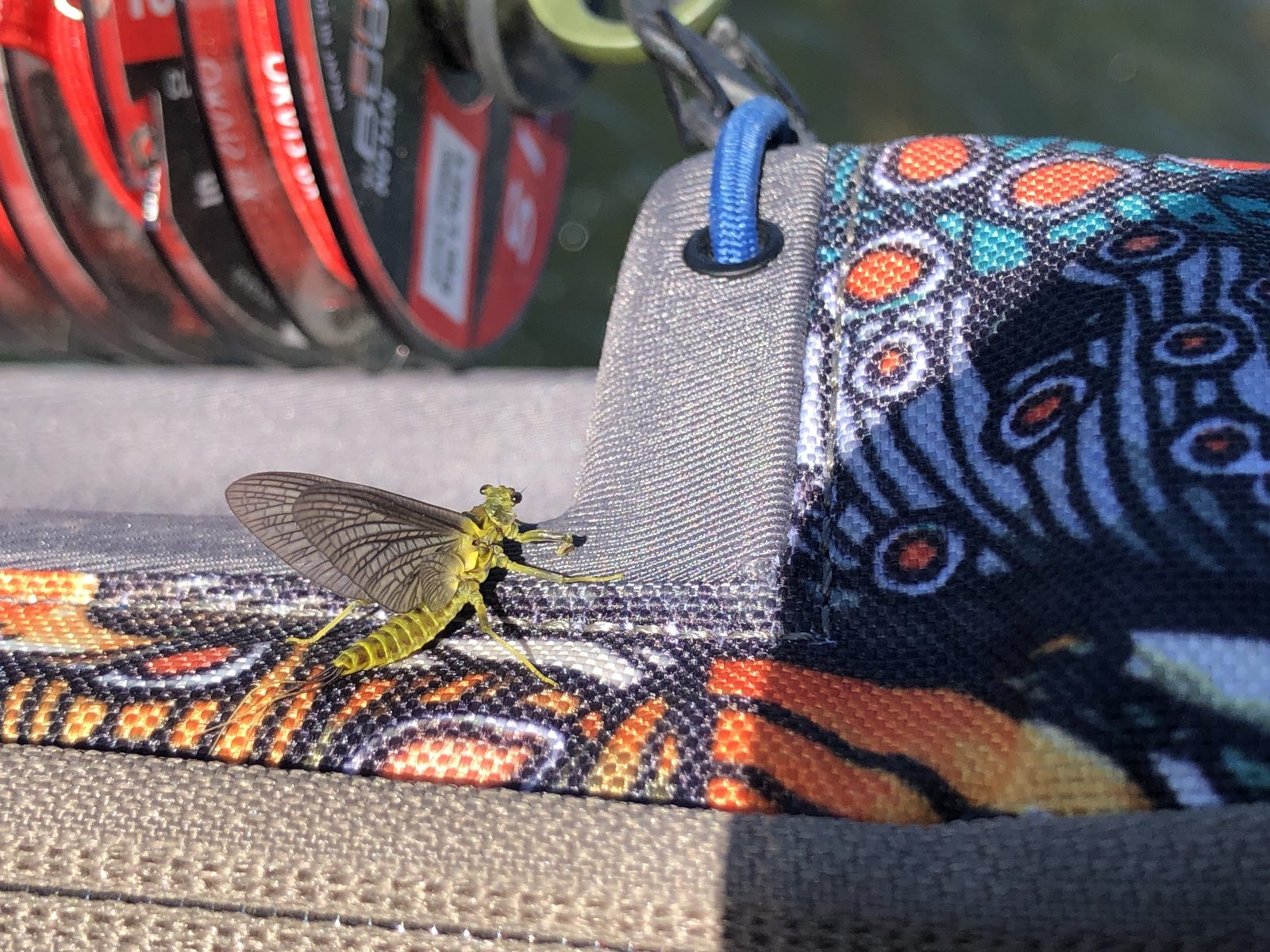
What Makes the Green Drake So Special?
The size and beauty of Green Drake Mayflies are generally what infatuates anglers and trout alike. While their shades of green vary throughout the Rocky Mountain West, they are green with darker lines between abdominal segments. Depending on where you are, these bugs are accurately tied on a size 10 & 12 standard dry fly hook. Watching your fly float down stream and then be consumed by large rising trout is what makes this hatch special. When the water boils with surface activity, it is a dry fly anglers dream.
Famous Green Drake Hatches
Famous hatches occur on the Yellowstone River in Paradise Valley, and the Railroad Ranch on the Henry’s Fork. Other rivers with good Green Drake hatches include the Bitterroot, Clark Fork below Missoula, Montana, the Metolius outside Bend, Oregon, the Roaring Fork in Colorado, as well as the South Fork Snake below Heise, in Idaho.
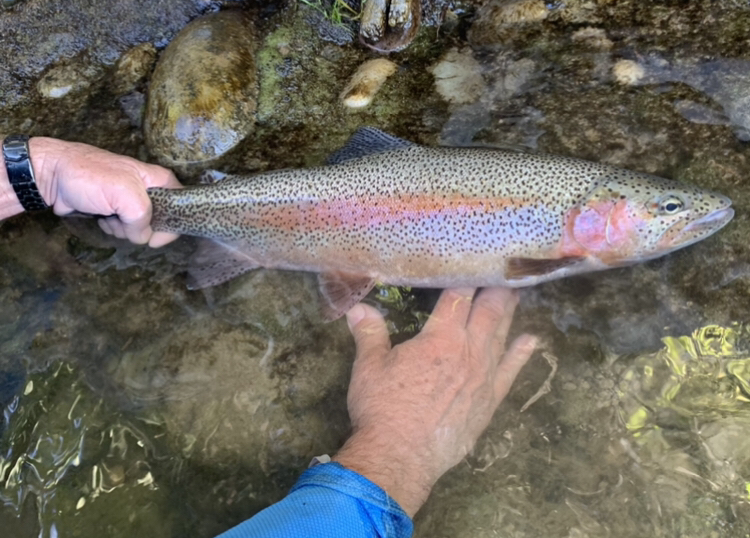
Green Drake Hatch Behavior
In the book titled Mayflies, authors Malcom Knopp and Robert Kormier write, “Prior to emergence, the nymphs migrate to calmer waters, where they move about the riverbed before repeatedly swimming to and from the surface.” which provides good insights into where you’ll find these bugs before a hatch event. Authors of Hatches” by Gaucci and Nastasi also state that “Half emerged duns reveal the adult’s unfolding wings”, which provides good guidelines to the style of dry flies you should be fishing amidst an emergence of Green Drakes.
What Do They Look Like?
Western Green Drakes are a short, robust mayfly, making them an ideal meal for trout. Typically Western Green Drakes (Drunella grandis) are best represented in size 10 or 12, but can be smaller in the case of Drunella flavilinea, or “Flavs” for short, which are best represented in size 14 & 16. The two drakes belong in the same genus, but their hatch schedule differ slightly, with Flavs hatching a bit after their larger look-alikes.
Green Drake Mayflies take a long time to unfold their wings prior to flight, making cripple patterns highly effective. My Struggling Western Green Drake (recipe below) utilizes four premium CDC feathers tied concave side up with legs imitating the emerging mayfly. According to my experience fishing the pattern, this fly floats well and rides low in the surface film like the real bug. Unlike the the duns, there are far more cripples which are a prime snacks for trout due to their vulnerability.
Weather Conditions & Time of Day for Fishing Green Drake Hatches
Blue bird days generally see an early emergence, usually between 11:30 AM and 2:30 PM. A few years ago in Wyoming, there were a good number of Green Drake duns flying around by mid-afternoon and the big trout were rising to them in slower water adjacent to the swift water. On the other hand, during cool and drizzly weather, afternoon into evening produces the best Green Drake hatches, often quite dense.
Advice for the Angler
Overall, be patient. Look for rise forms and target a fish that is in a feeding rhythm. Enter the stream as silently as possible. Position yourself to make a down-and-across cast with a long-floating presentation. Landing a fly outside a rising trout’s feeding lane is a costly mistake. “Feed your fish” as I have told clients over the years. If an errant cast is made, let it go past your target before recasting. Picking up the fly and recasting over and over only spooks trout.
Gear Tips for Fishing Green Drake Hatches
I like a 9ft, 5-weight medium action fly rod like the Winston Pure, paired with a double taper fly line for optimal presentation. For leader build, I suggest a 9’ 3x leader and 24 inches of 4x tippet, which enables long, delicate casts. Five weight rods have plenty of strength to land any trout encountered during this hatch.
There are many different floatants on the market. High N Dry gel floatant works well for CDC flies, but use sparingly. After landing a fish I like to press the fly with a cotton handkerchief, apply a desiccant and redress with floatant.
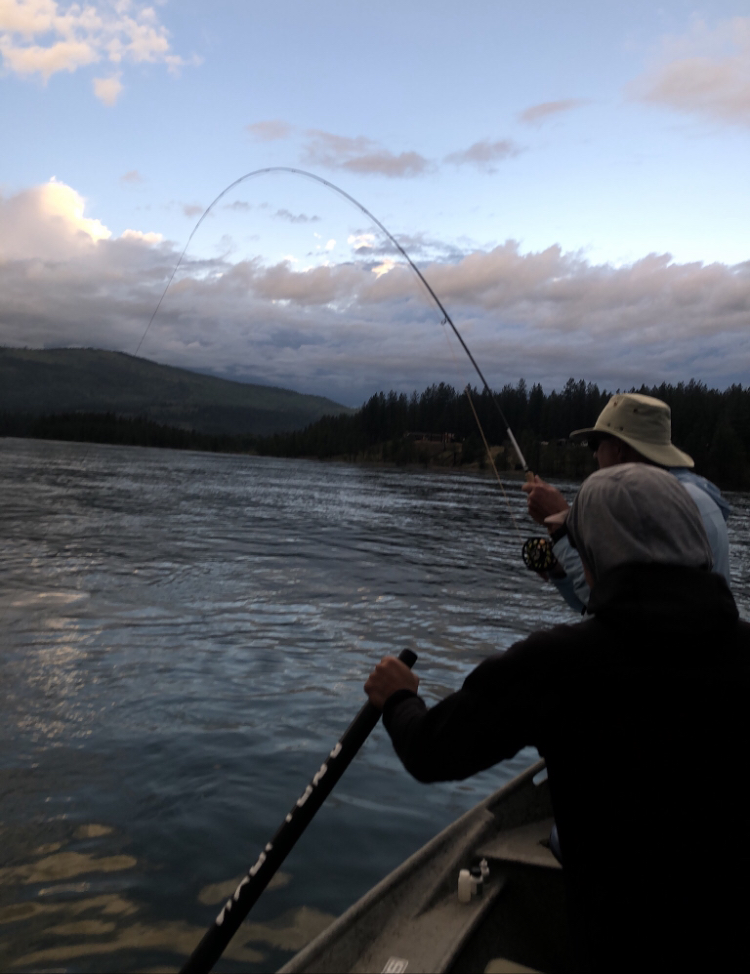
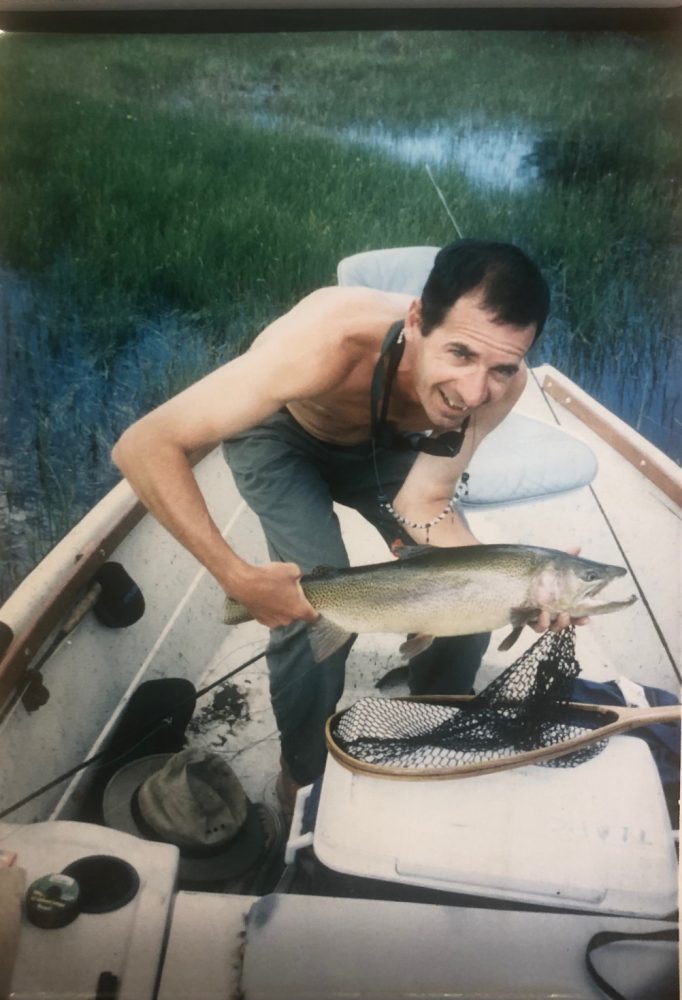
Green Drake Flies
Fulling Mill offers a range of durable Green Drake flies that cover most of the bases when chasing a hatch. When selecting the right fly for dry fly fishing, consider the following. Are trout feeding on emergers? Perhaps trout are they taking upright duns, or maybe the most selective trout are keyed in on cripples or spent spinners. If you don’t see any fish surfacing but you anticipate some sort of hatch, try imitating the available nymphs in the drift and you’ll likely find some feeding feeding.
Here are some Fulling Mill patterns that imitate Green Drake Mayflies. It’s important to note that if you’re fishing in the Eastern US, Green Drakes are often a little larger and lighter in color than the Westerns which are a darker olive in comparison. The Green Drakes of The United Kingdom often present more similar to Eastern Drakes. With this in mind, here’s a selection of Green Drakes for you to comb through and put to use on a river near you.
Drake Nymphs
Whether dead drifting these nymphs or animating them with some light jigging motions, it’s hard to go wrong with drake nymphs below. These patterns offer tons of life-like movement in the water which help seal the deal when a trout is eying your.
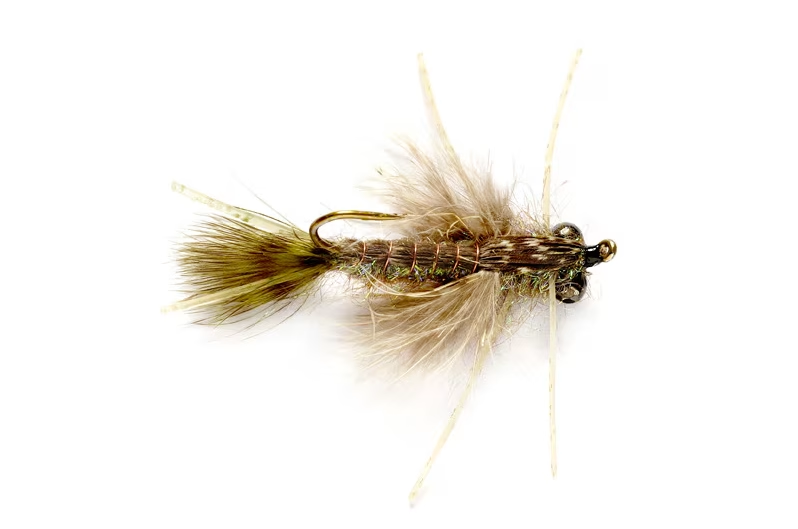
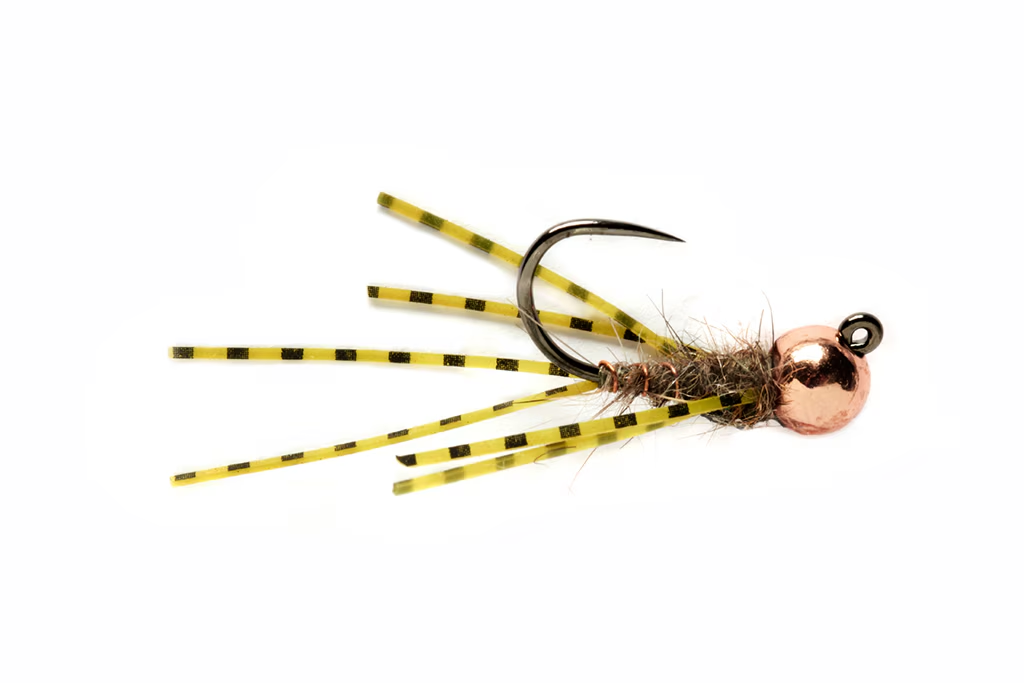
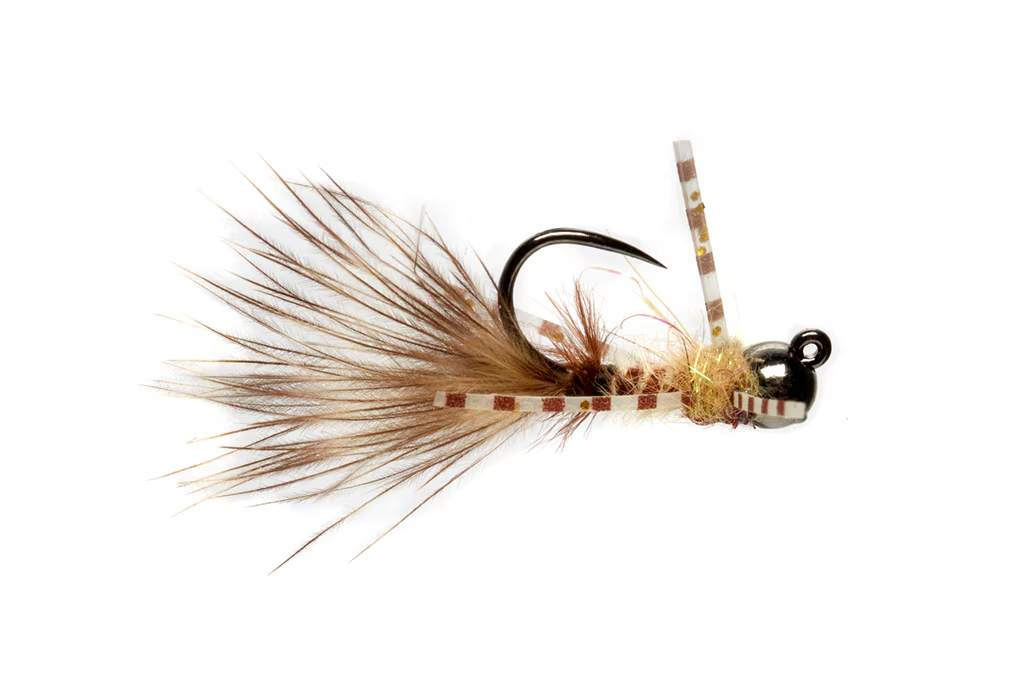
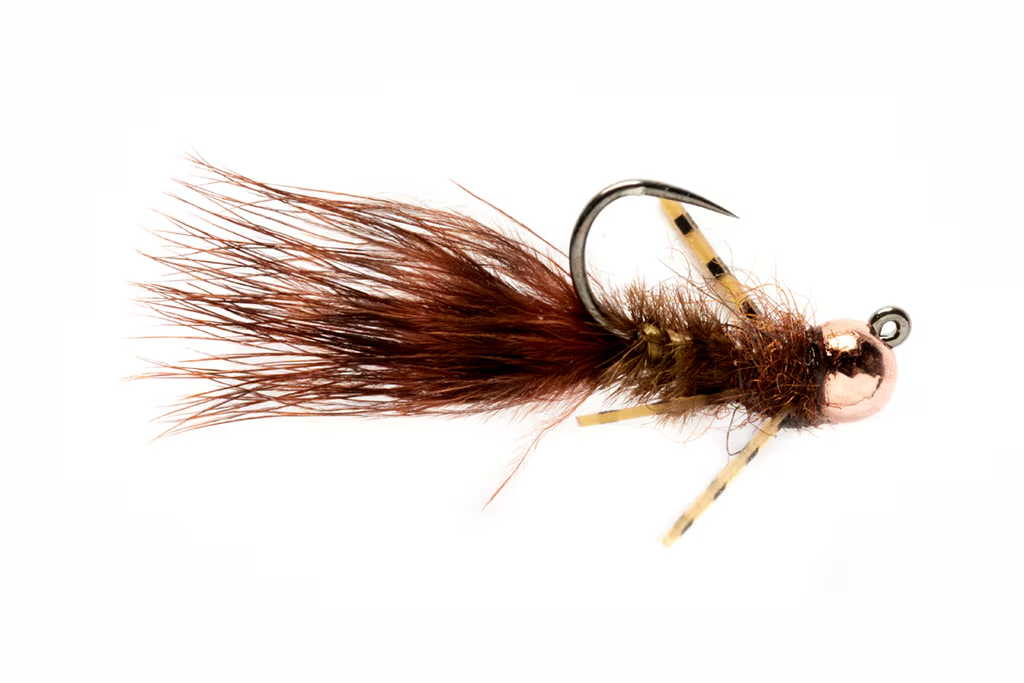
Drake Emerger
Like the Struggling Western Green Drake, Paul Procter’s Active Green Drake Emerger has all the right components to make this an easy target for big wary trout looking for a good meal. Like any emerger should, its body sits below the waters surface just like the real deal. While ultimately it’s up to you on how you fish the fly, you can feel confident that these patters have fooled some of the tightest-lipped trout.
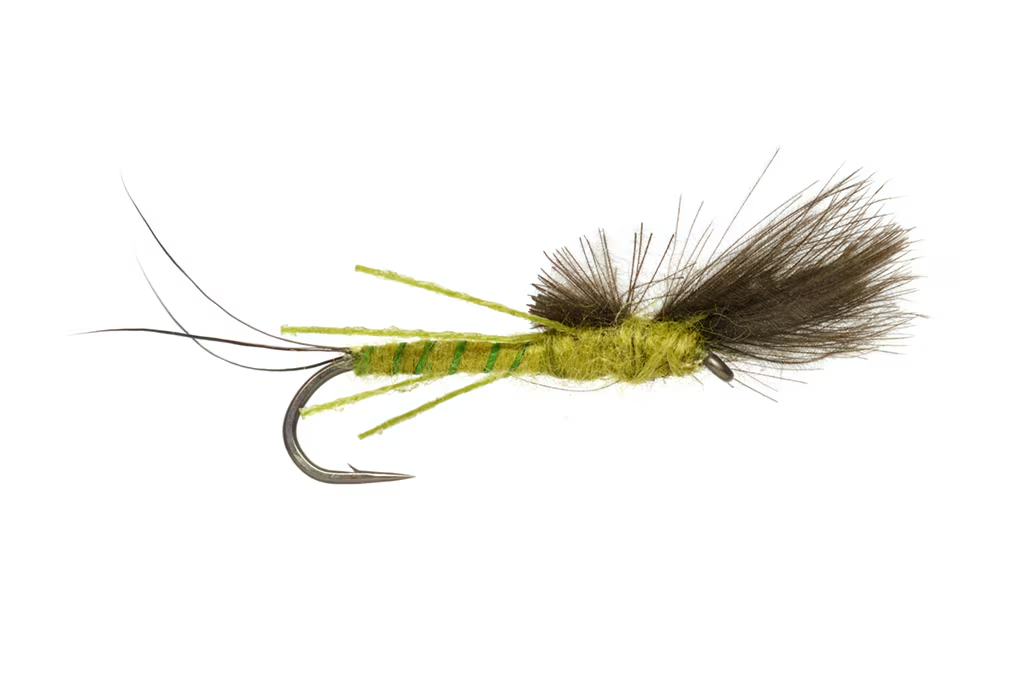
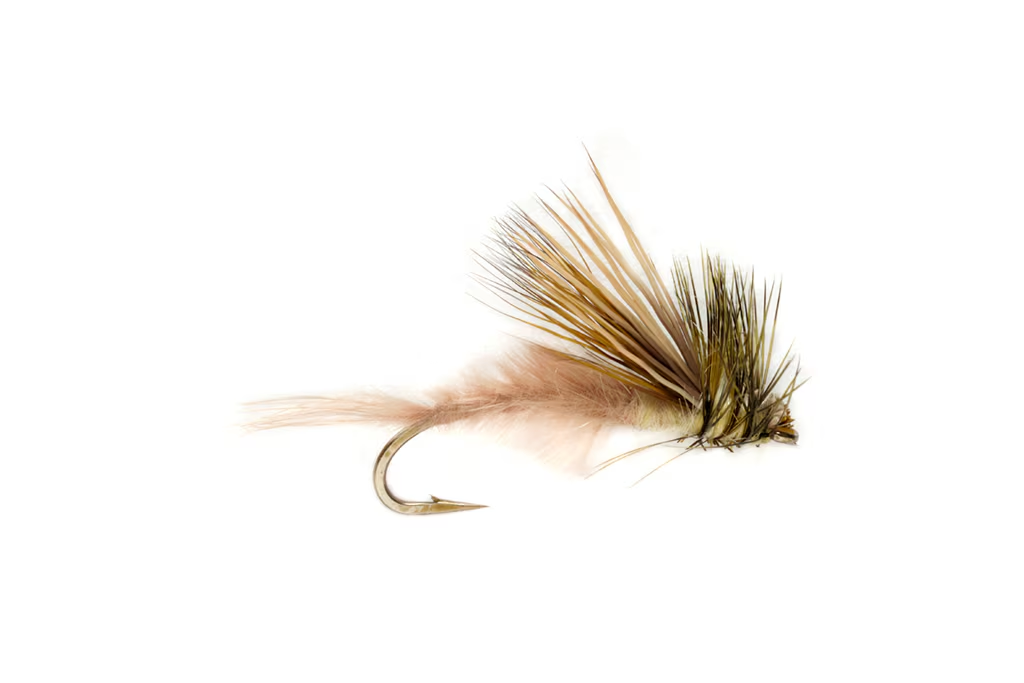
Ken’s Green Drake Cripples
Crippled Green Drake are often the preferred target for wary trout. These patterns were refined throughout decades of experience on the water. The crippled wing positioning and techniques used to achieve these buggy profiles are influential for dry fly anglers and tyers around the world.
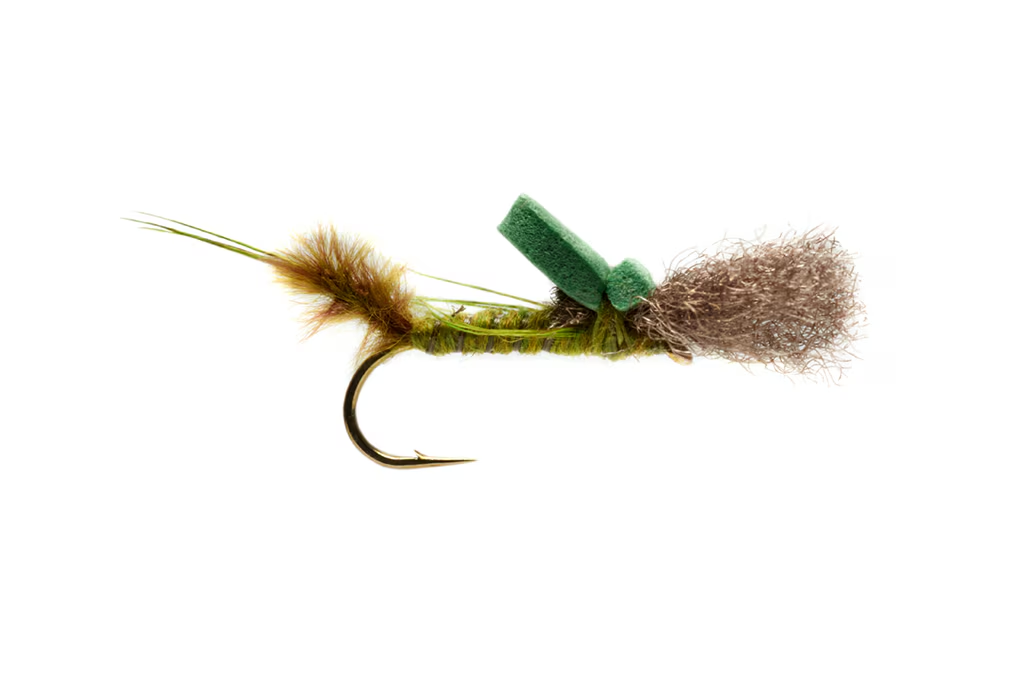
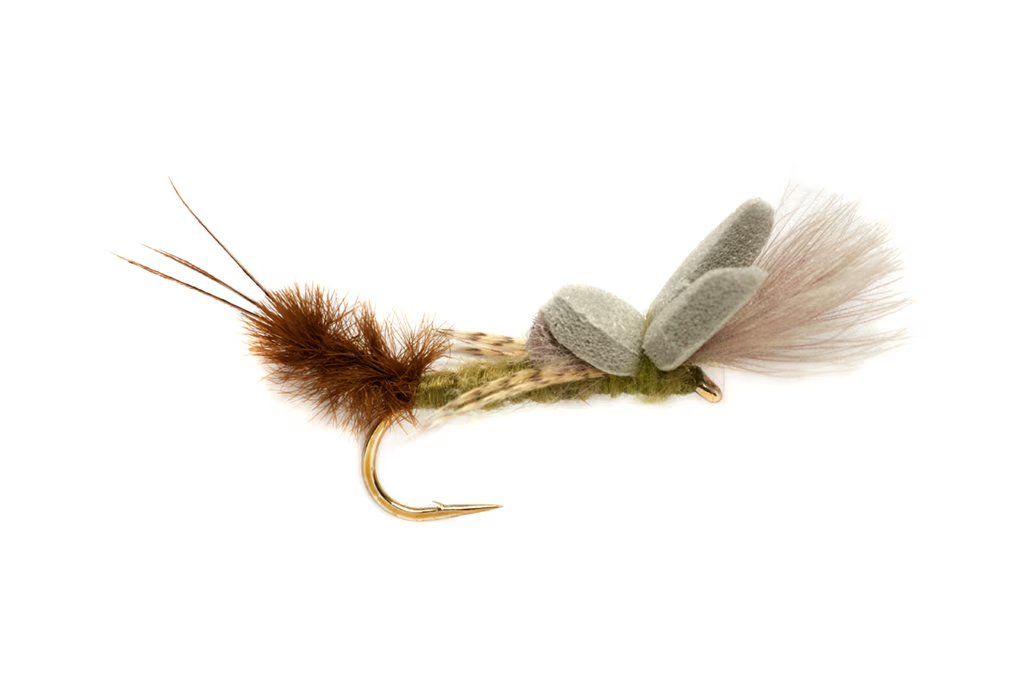
Green Drake Duns
There are few things more beautiful on a trout stream than an upright dun drifting down stream before taking flight. The only thing better that I can think of is when a trout rises to eat the dun before it can get away. The duns below are a great start for getting out to dry fly fish a Green Drake hatch. Consider where you’ll be fishing and select the best Green Drake imitation for your waters!
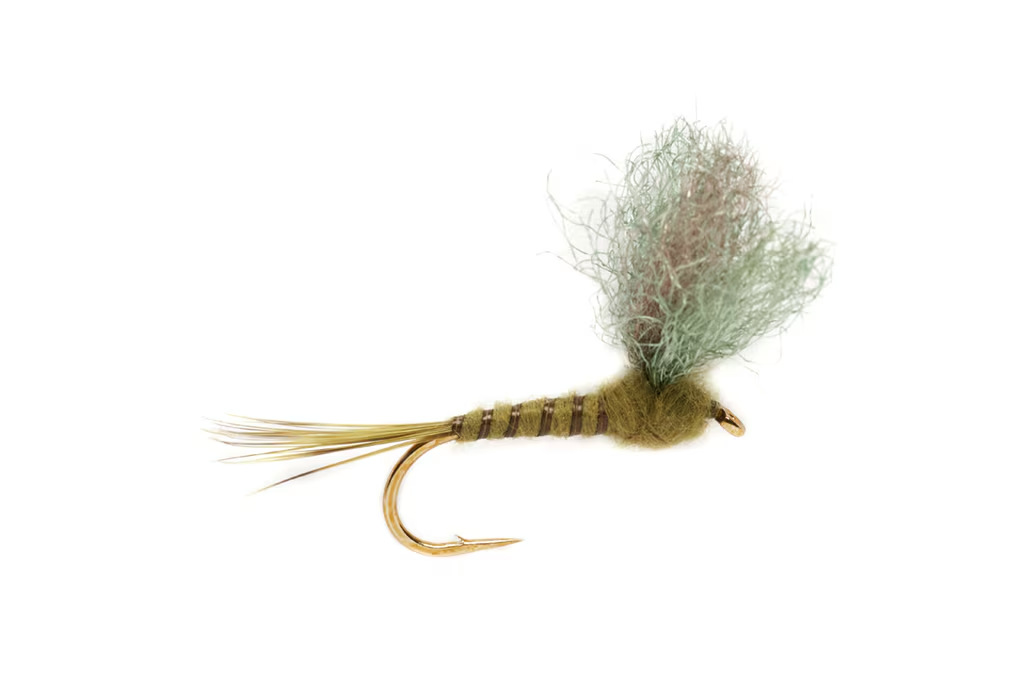
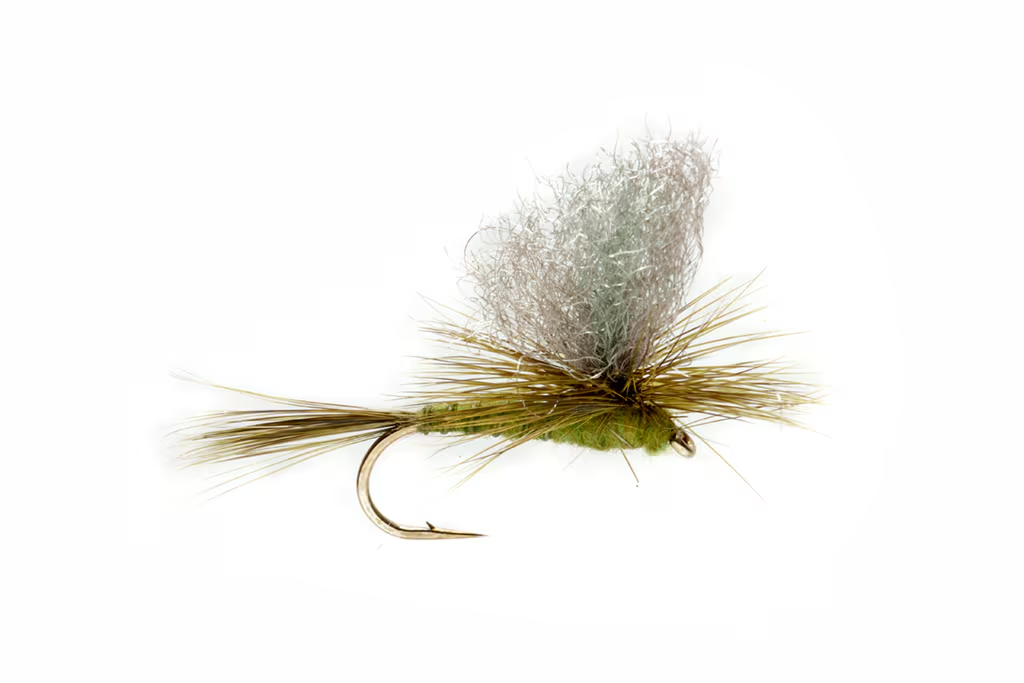
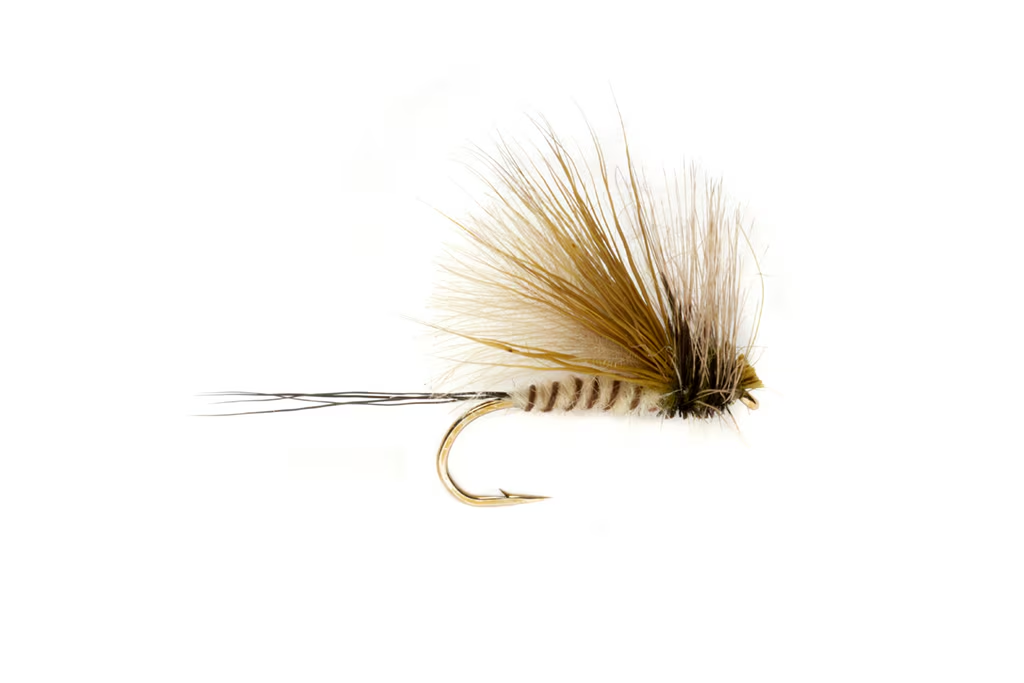
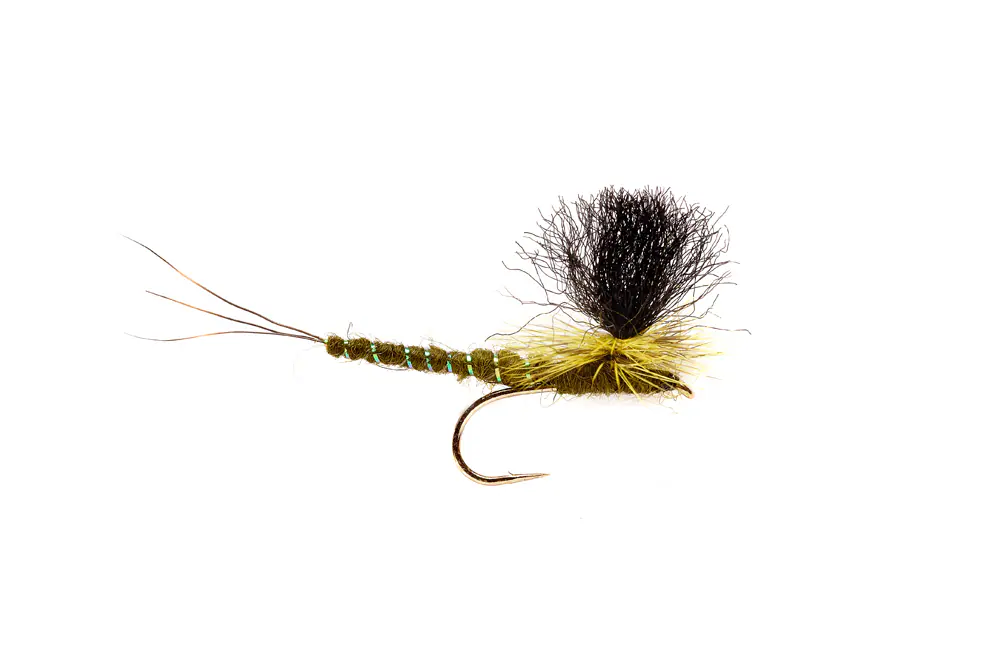
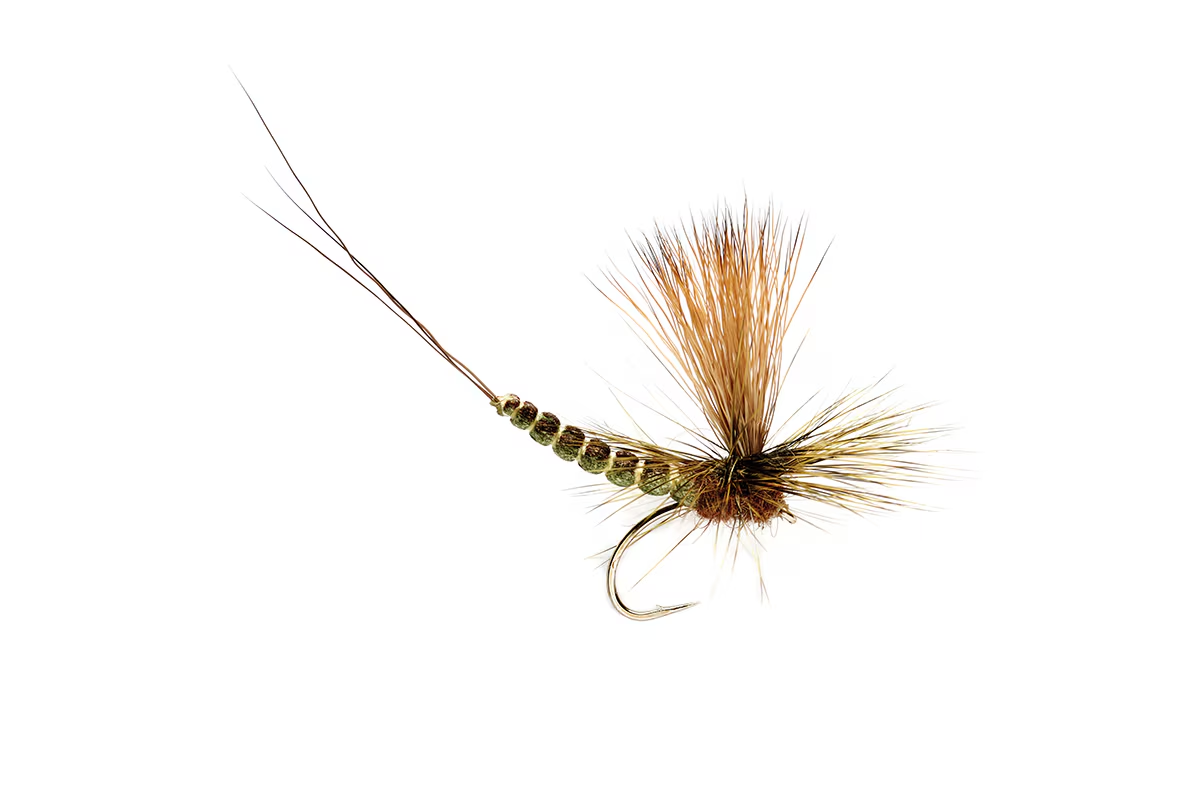
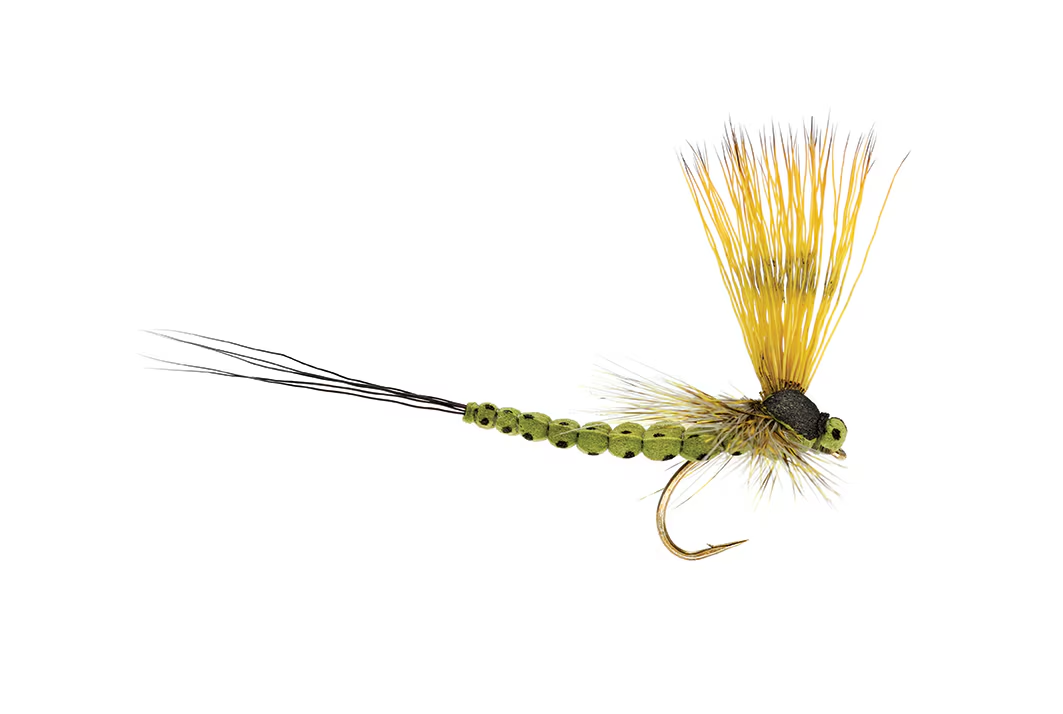
Barbless Green Drakes
The two patterns below were designed by accomplished competition anglers and Fulling Mill Signature Tyers Devin Olsen and Jack Arnot. Devin’s Green Drake is tied on the Ultimate Dry Fly Hook while Jack’s is tied on the Grab Gape Black Nickel hook, making for exceptional hook penetration & easy hook removal so you can get back to catching quickly.
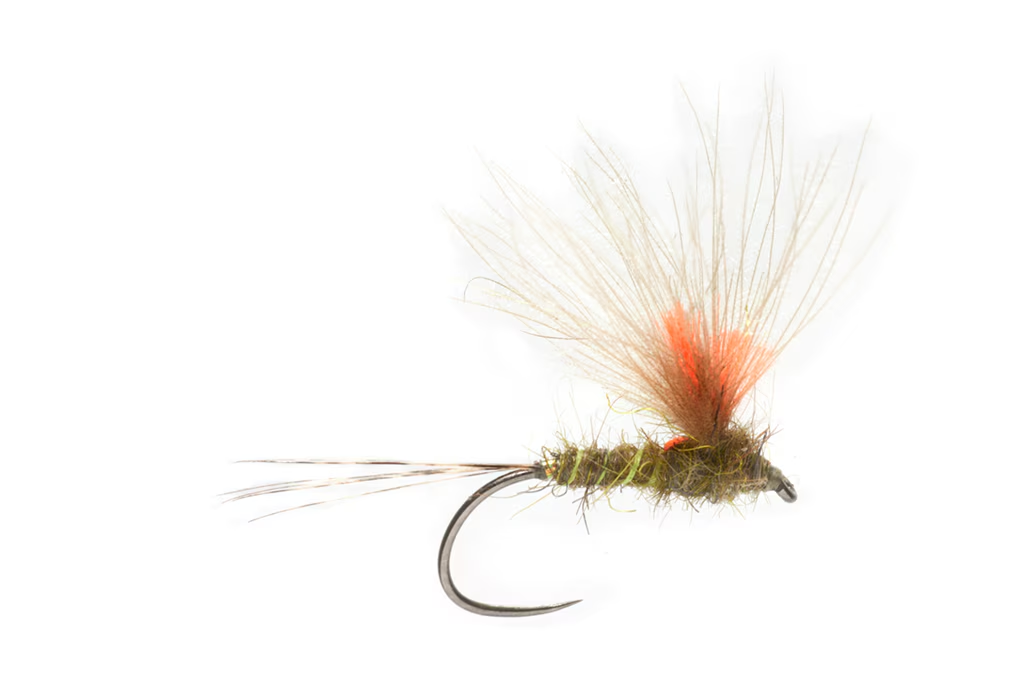
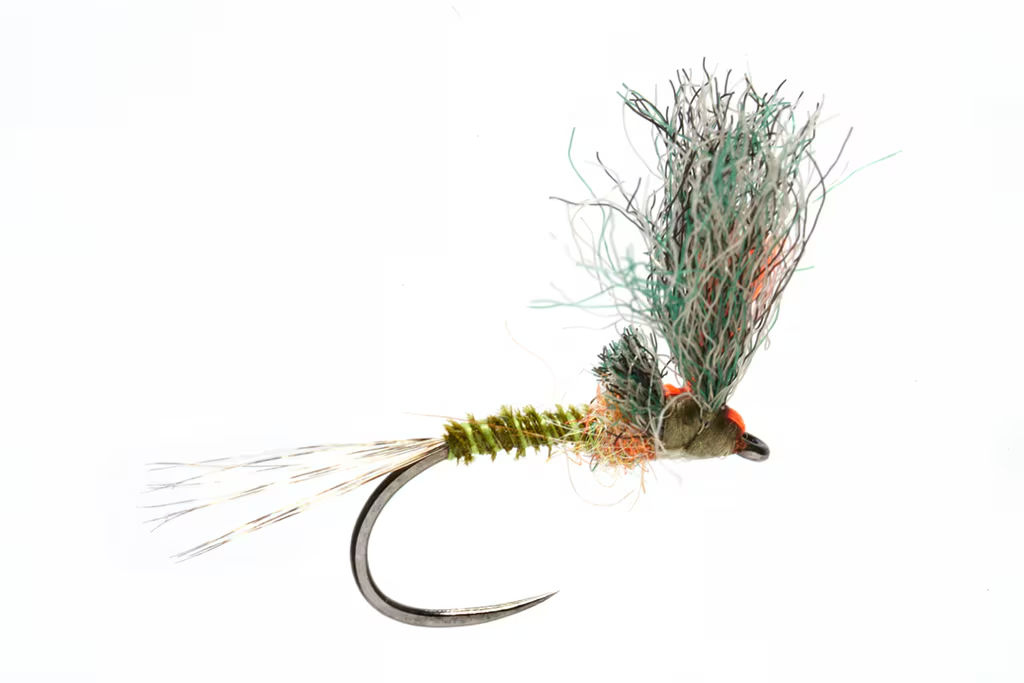
Green Drake Spinners
The spinner stage of a mayfly’s life is one of the most important stages for anglers. When talking Drakes, spinners are exceptionally large and cause even the biggest fish to throw caution to the wind. Both Ken Burkholder and Paul Procter have experienced this and proceeded to develope proven Drake spinner flies that effectively fool some of the wariest trout.
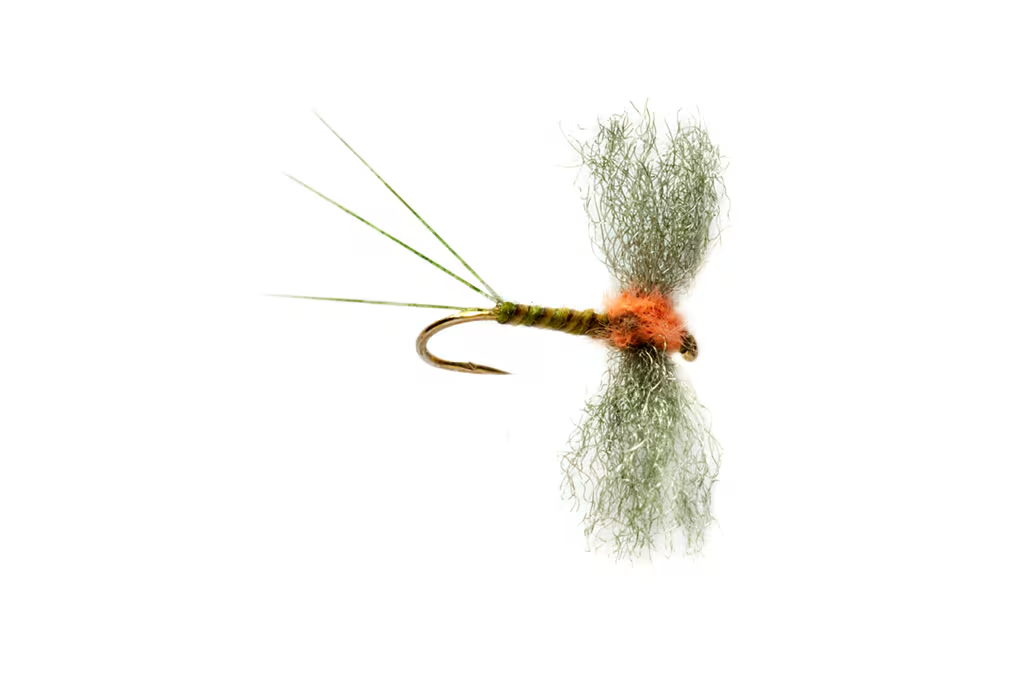
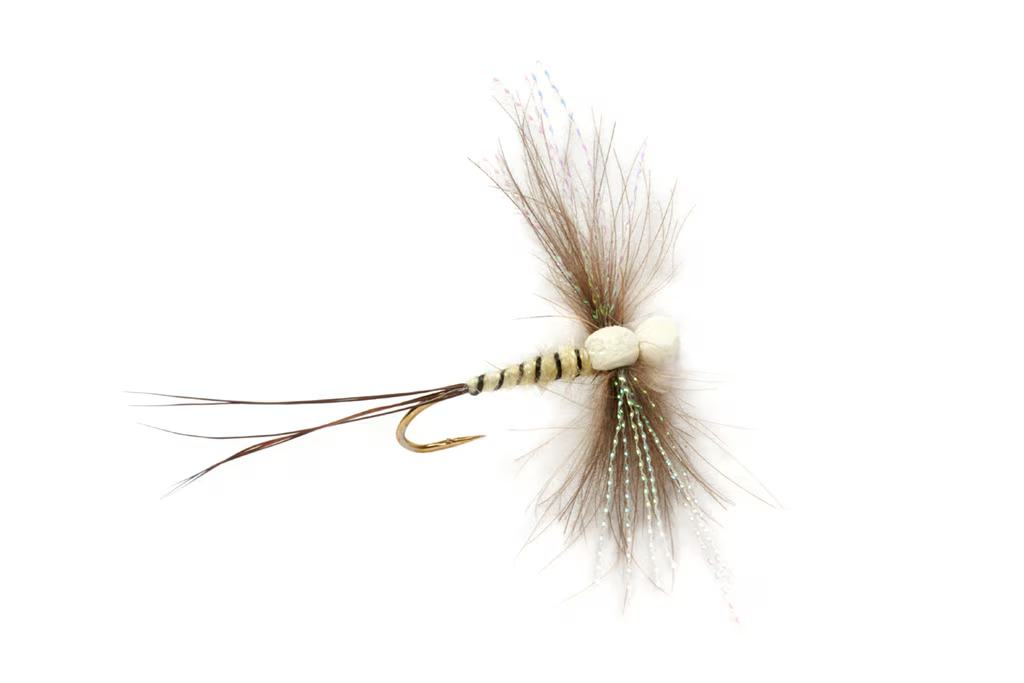
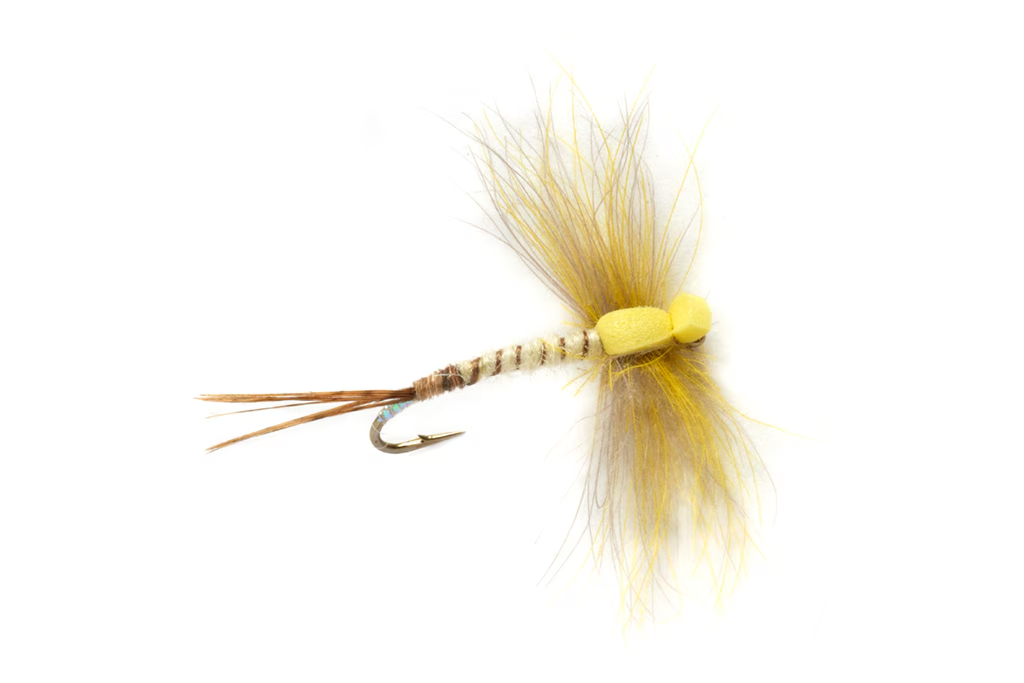
How To Tie: Burkus’ Struggling Green Drake
Do you enjoy tying flies and want to learn an effective Green Drake emerger pattern? Recipe below!
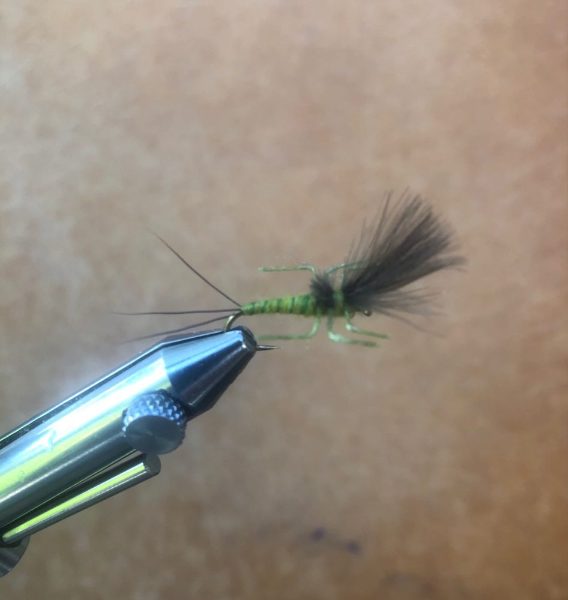
Hook: Fulling Mill All Purpose Light, size 10 & 12
Thread: Veevus 16/0 Olive
Tails: Three coarse moose hairs 15mm in length
Rib: YLI silk thread #245 lime: two stands twisted together and ribbed eight times
Dubbing: Fulling Mill FM440162 Western Green Drake
Legs: One strand DMG #352 cotton embroidery floss placed appropriately, super glued and bent with tweezers
Wings: Fulling Mill Natural CDC Feathers. Use three or four concave side up at a length of 15mm
Finishing: Tie off behind dubbed head
-Make certain the wings are elevated at a forty five degree angle.
Get Out There
The special time of Green Drake hatches is fast approaching! Choose a destination, check with the local fly shops, and get after it! Be sure to arrange your gear ahead of time so that you can get right to fishing when you arrive on the river. Go witness one of natural history’s great mayfly hatches, catch trout and release them with care. With these tips, we have a feeling that you’ll bank some unforgettable memories on the water.
